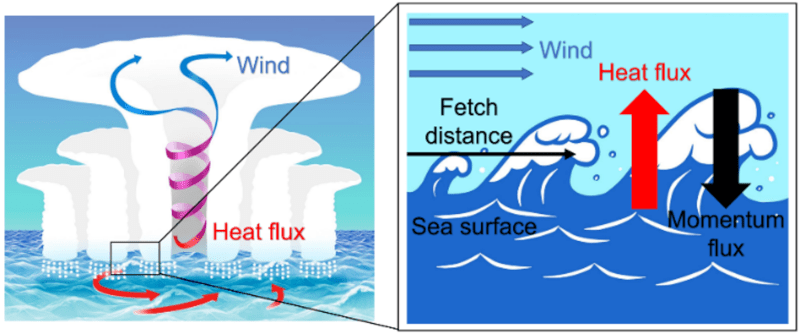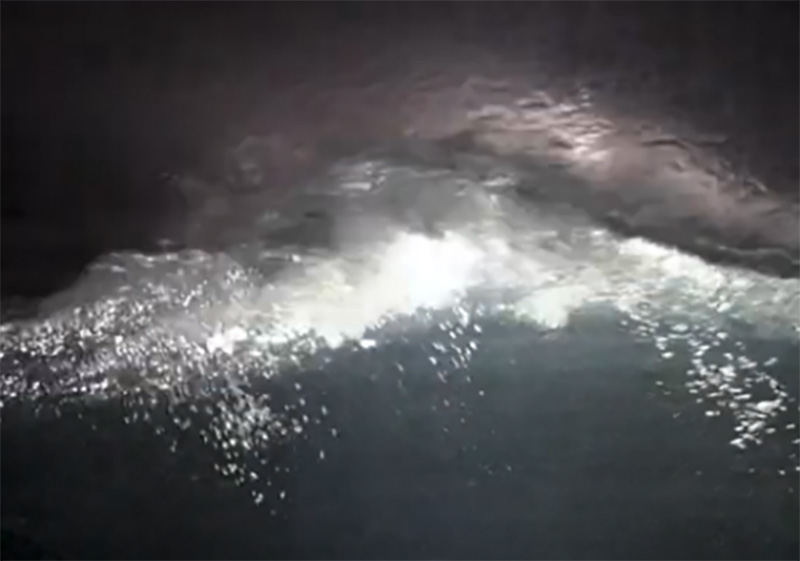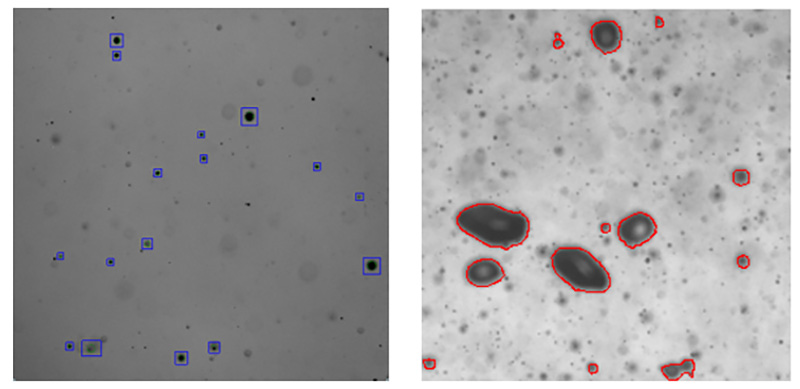Progress Report
Estimation and Control of Air-Sea Momentum and Heat Fluxes of Typhoons4. Air-sea heat transfer mechanism at extremely high wind speeds
Progress until FY2022
1. Outline of the project
The accuracy of typhoon track prediction has increased in recent years, whereas that of typhoon intensity has not been improved. One of the causes is the complexity of the momentum and heat transfer mechanisms across the sea surface in typhoons. In particular, the development of heat transfer model has been lagging.
In typhoons, heat energy is transferred from the warm ocean surface to the atmosphere (Fig. 1). The heat energy transfer has a significant impact on typhoon’s intensity and track. Therefore, the goal for this R&D theme is to develop a formula for accurately estimating the amount of heat transfer (heat flux) across the sea surface at high wind speeds by using the world’s largest typhoon simulation tank, located at Kyushu University's Research Institute for Applied Mechanics.

Studies on heat transfer across the air-water interface have been conducted by some research groups including our project members. However, the simulation tanks used there had short fetches, and the heat flux has not been measured over longer fetches such as in the ocean. Therefore, this R&D theme aims to measure the heat flux at high wind speeds up to 40 m/s and long fetches up to 30 m, using a heat budget method. The goal is to clarify the heat transfer mechanism and develop a heat transfer model that accurately represents the heat flux across the sea surface at high wind speeds.
2. Outcome so far
① Measurements of heat flux and development of heat flux formula
We have conducted heat transfer experiments using the typhoon simulation tank. Water temperatures in the tank were measured accurately by calibrating thermocouples carefully. In the heat transfer experiments, the water in the tank was first heated by a boiler. Then, wind was produced on the water surface and the temporal changes of temperature were tracked. When the temperatures in the tank were measured, we found that stratification (temperature difference in the vertical direction) occurs owing to heating, despite the water circulation in the tank by pumps. Although strong wind decreases this temperature difference, a more powerful water circulation system was required to mix the water perfectly and measure more accurate heat flux in homogeneous temperature field.

② Measurements of dispersing droplets
At high wind speeds, a lot of water droplets are dispersed above the water surface by wave breaking, and air bubble clouds are entrained into the water below the surface (Fig. 2). In order to estimate the accurate heat flux, the effects of the droplets and bubbles on the heat transfer should be investigated. Therefore, the sizes and densities of the water droplets and air bubbles, which are characteristic values of breaking wave intensity, were measured using a shadow-sizing system with high-speed cameras (Fig. 3). The shadow-sizing system enabled us to estimate heat flux across the water surface more accurately.

3. Future plans
We will introduce a more powerful water circulation system which allows us to homogenize the water temperature filed in the typhoon simulation tank and conduct highly accurate heat flux measurements. At the same time, we will utilize the shadow-sizing system to achieve more accurate heat flux estimation at high wind speeds in the typhoon simulation tank.
In this theme, we will explore the possibility of an innovative typhoon control method by offering the accurate measurements of heat flux to our simulation group.